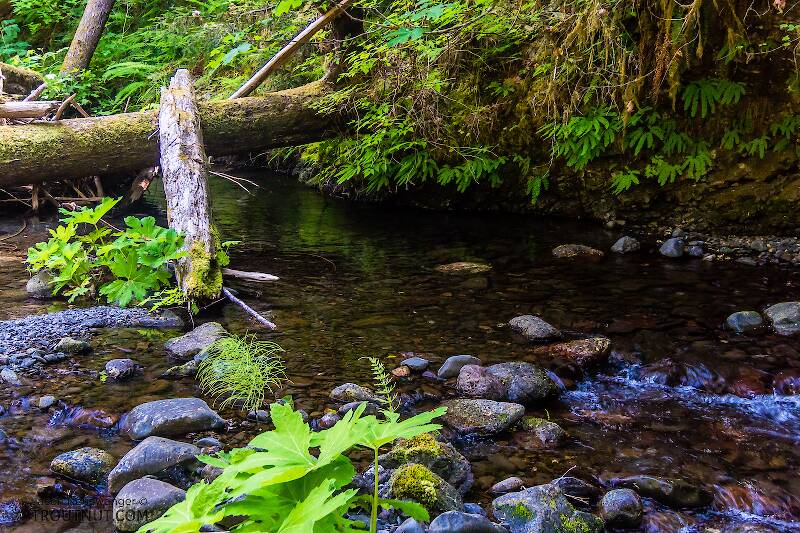
Salmonflies
Pteronarcys californica
The giant Salmonflies of the Western mountains are legendary for their proclivity to elicit consistent dry-fly action and ferocious strikes.


Mayfly Species Paraleptophlebia praepedita (Mahogany Duns)
Where & when
In Mayflies of Michigan Trout Streams, the Leonards report finding a single male adult of this species in late May. This is outside the range of emergence dates given by Knopp and Cormier in Mayflies: An Angler's Study of Trout Water Ephemeroptera .In 23 records from GBIF, adults of this species have mostly been collected during May (39%), June (30%), and July (26%).
In 6 records from GBIF, this species has been collected at elevations ranging from 3 to 141 ft, with an average (median) of 23 ft.
Species Range
Physical description
Most physical descriptions on Troutnut are direct or slightly edited quotes from the original scientific sources describing or updating the species, although there may be errors in copying them to this website. Such descriptions aren't always definitive, because species often turn out to be more variable than the original describers observed. In some cases, only a single specimen was described! However, they are useful starting points.
Male Spinner
Wing length: 5-6 mm
This is an all brown species without color pattern, with only varying depths of tint. Top of head and thorax and base of abdomen dark brown, with the sides and the middle of the abdomen and all the appendages paler brown. Fore legs darker than the others; all legs darker at the knees. Wings sub-hyaline with brown veins; costal cross veins few and faint, those of the stigmatic area short, simple and regular.
Abdomen paler on the middle segments darkening toward both ends. Spiracles indicated by minute and faint brownish dots. The 9th sternite is very long, one-half longer than wide, carrying the forceps far to rearward. The first segment of the forceps is divided by a basal constriction which sets off a sub-segment one-fourth as long as wide. Penes as long as the forceps, separated at half their length by a narrow, V-shaped cleft, flattened horizontally in their apical third and outcurving, and bearing a minute posteriorly-directed triangular tooth at the tip. At two-thirds of their length there arises a pair of reflexed spurs that curve outward and upward to rounded tips. These spurs are about one-third as long as the main segment of the forceps (see fig. 134). Tails nearly uniform pale brown.
Start a Discussion of Paraleptophlebia praepedita
References
- Arbona, Fred Jr. 1989. Mayflies, the Angler, and the Trout. Nick Lyons Books.
- Knopp, Malcolm and Robert Cormier. 1997. Mayflies: An Angler's Study of Trout Water Ephemeroptera . The Lyons Press.
- Leonard, Justin W. and Fannie A. Leonard. 1962. Mayflies of Michigan Trout Streams. Cranbrook Institute of Science.
- Needham, James G., Jay R. Traver, and Yin-Chi Hsu. 1935. The Biology of Mayflies. Comstock Publishing Company, Inc.
Mayfly Species Paraleptophlebia praepedita (Mahogany Duns)
Species Range
Common Names
Resources
- NatureServe
- Integrated Taxonomic Information System
- Global Biodiversity Information Facility
- Described by Eaton (1884)

